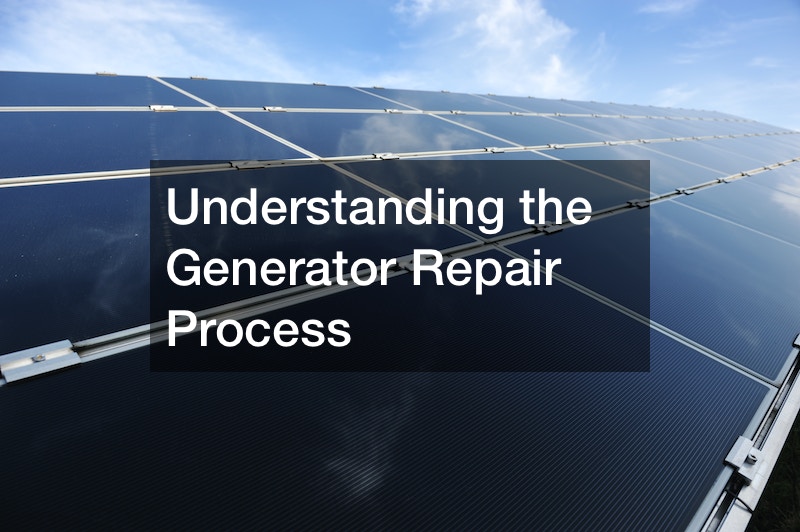
Understanding the repair process of generators is essential for ensuring their efficient operation and longevity. Here are the key steps involved in the repair process:
The first step in generator repair is diagnosing the problem. This involves inspecting the generator, checking its components, and identifying the underlying issue.
Technicians may use diagnostic tools and equipment to pinpoint the problem, such as testing the fuel system, electrical connections, or mechanical parts.
Once the problem is identified, repair or replace the faulty components. This can involve repairing wiring, replacing damaged parts, or cleaning and servicing the generator’s engine. Repairing the generator may also include addressing issues with the fuel system, battery, control panel, or cooling system.
After the repair or replacement, the generator is thoroughly tested to ensure it functions properly. This may involve running the generator under load conditions to check its performance and verifying that all electrical connections are secure. Regular maintenance tasks like changing oil, filters, and spark plugs may be performed to keep the generator in optimal condition.
By understanding the repair process, generator owners can clearly understand what to expect when their equipment requires maintenance or fixing. Remember to consult a professional generator repair service to handle complex repairs or major issues, as they have the expertise and experience to ensure the generator is repaired correctly and safely. Regular maintenance and timely repairs can extend the generator’s lifespan, provide reliable power, and minimize the risk of unexpected breakdowns.
.


